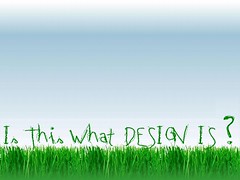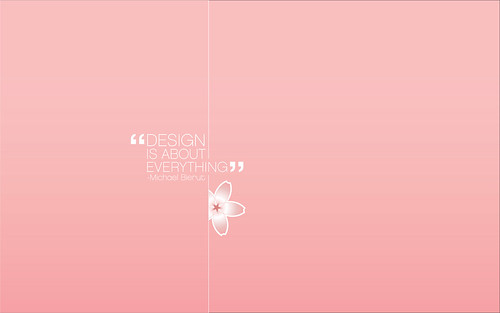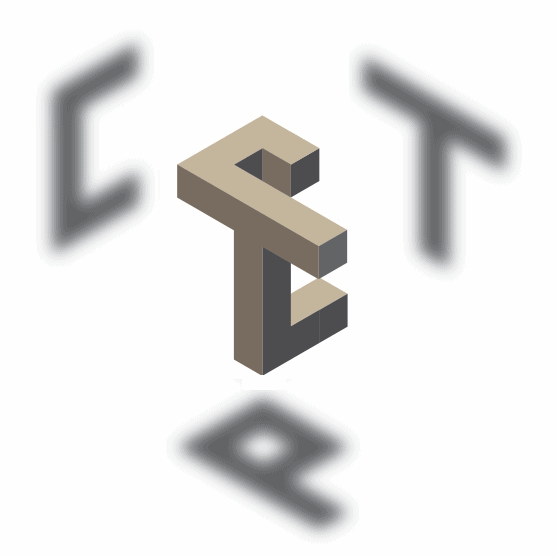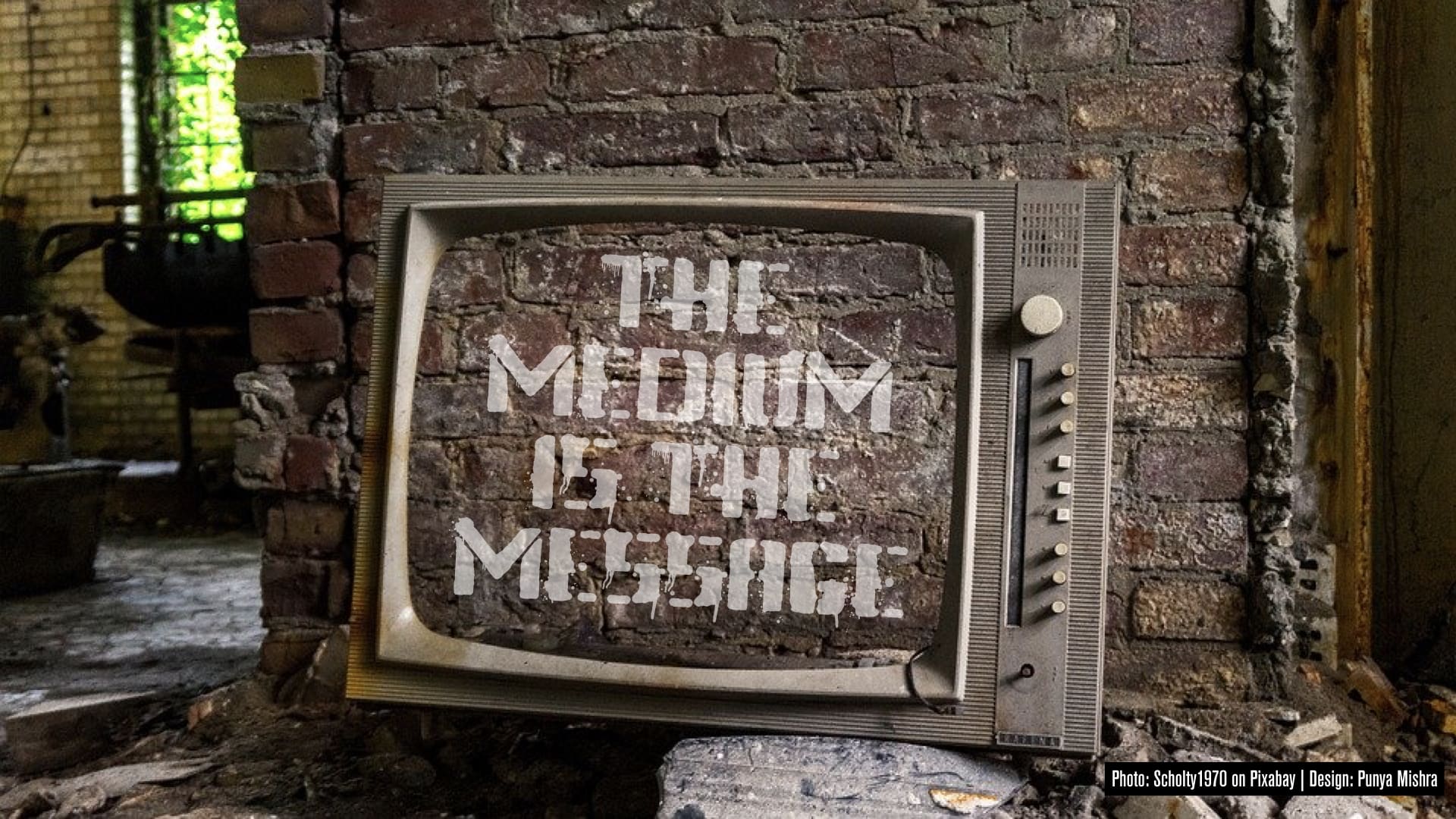I recently received an email from a teacher in Poland, seeking advice for a curriculum outline for their Design Technology Section. They said, and I quote:
Unfortunately, I have minimal experience with the subject as a teacher or as a student in my younger years, consequently, I have little background as to what a DT class should look like.
As you might guess I’m struggling trying to put together some sort of DT curriculum for our Middle School.
Our small school does not not have any kind of fabrication equipment so our DT class is currently heavy on IT design aspects….(web design, research on a topic and devise a solution, book creation,etc… )
The specific request was for”some useful and practical information that I can implement fairly easily.”

Is this what design is? by StephenMitchell on Flickr
As I crafted the response I realized that (given my lazy self) that it would make a good blog post. So here is what I wrote back:
Thank you for your note. I think a lot can be done with respect to design – even without fabrication equipment. Some of the first steps are what I think you are already doing (web design, book creation etc.) but the issue is deeper than engaging in “design” related activity. What may be more important is infusing design thinking (as a way of articulating problems and coming up with potential solutions) in the course, or courses, as the case may be. This design thinking is a broad framework that you can use to structure any kind of a situation that you give your students. In one of my classes, for instance I use the structure provided by Scott McCloud’s book Understanding Comics (with some modification related to user testing). For instance see this video that is a link on my website (the posting mentions and links to the video at the very beginning. See Awakening Creativity by George Kembel).
The idea would be to use a structure like that to guide student activity.

Design is about everything by ballookey on flickr.
The actual task they do can vary a great deal. I constructed a set up in my basement for my kids to make stop-motion movies and this.
One great assignment would for kids to make educational toys from junk. See this post, for instance where I write about Arvind Gupta who makes science toys.
The idea is that design permeates all that we do. So in my classes I have people write short stories in 55 words and guess what, that is a process of design. Recently my daughter started writing scientific poems (Sci-Po’s for short) which has led to a high school in Missouri to do the same. I have also written a bunch of mathematical poems. More info with links to the high school kids work here.
A combination of the above can lead to lots of fascinating ideas and ways of thinking about technology and our relationship to it. The main goal is to get kids to think about themselves as “creators” or “designers” or technology, rather than mere users of it.
There are more resources I can bring in to the conversation but I would like to hear back from you about what you think.
Finally, I have to put in a plug for our Master’s program – I think that you would greatly benefit from it. You can find out more about this by going to http://edutech.msu.edu/ Since you are in Poland you may be most interested in our summer offerings this year in Rouen in France. Do let me know if you have any questions about that.
So what do you think of what I wrote (ignoring the rather blatant plug at the end, which to my credit, I flag as being such)? I must add that this was written at one go, with no editing (pretty much) with little reflection or effort spent looking online for resources and ideas.
What would you add? What would you subtract?



There’s info on design standards and sample curricula at ITEA and engineering ed sites.
I would look into software tools that can be used for design, such as Scratch or others mentioned here:
http://socratechseminars.wordpress.com/2010/01/17/engineering-design-tools-for-k12/
Also, I’d recommend that person get online, try to find other middle engineering teachers on twitter or with blogs (like the one above), and share/find ideas.
What we really need are open K-12 curricula for engineering ed and design and technology, with numerous examples that can be done with and without resources, or even online. I’m working on an ITEST proposal for a related idea, but I don’t have industry partners at this point.